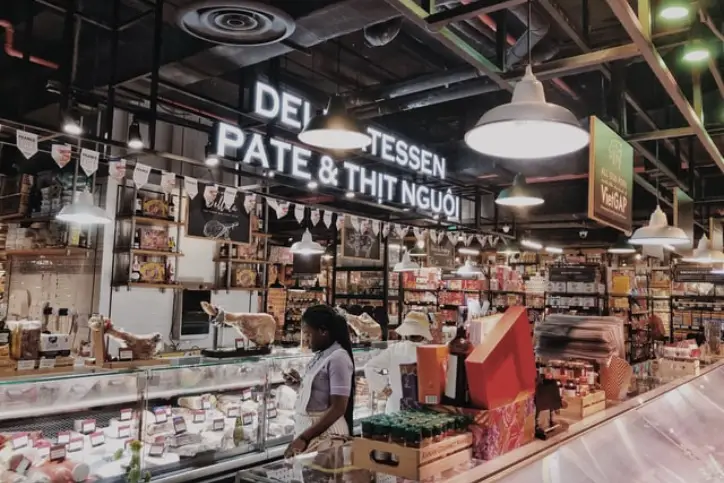
Why now is the time for regional grocers to capitalize on AI
 Daisy Intelligence
Daisy Intelligence
Unless they’ve been hiding under a rock for the past 18 months, independent grocers, like all retailers, are hearing about artificial intelligence, or “AI”, and how it offers the potential to completely transform their forecasting, merchandising and marketing and supercharge profits.
The Center for Advancing Retail & Technology (CART) predicted a year ago that that 2017 will be “a year of acceleration” as the retail industry “comes to terms with operating in a new world driven by fast-paced change.” AI offers tremendous opportunity for grocery leaders looking to up their game and the grocery industry is very well-suited to leverage AI.
We know we can use AI to maximize grocery industry profits through analyzing massive data across hundreds of thousands of SKUs and millions of transaction sets to uncover dynamic and highly-complex relationships around cross-category cannibalization, promotional cadence, product affinities, price sensitivity, and seasonality. To be clear, this isn’t “traditional analytics” i.e. statistical analysis or predictive analytics where grocery retailers only analyze historical data. AI actually gives us the ability to use math to rapidly calculate through millions of variables and optimize decision-making around promotion, pricing, and inventory forecasting.
The bigger players already know this, and they are investing billions in AI and realizing efficiencies that allow them to drive down prices in an already highly competitive market.
There is no question about it. Grocery retailers, whether large, medium or small, will have to step up and implement advanced innovative solutions to keep up in a quickly-evolving space.
So, while it is a fact that AI applications are a major critical threat to the independent grocer, what an investment in AI also represents is actually the best opportunity right now for mid-market independent grocers to co-exist and even compete directly with the Aldi's and the Walmart, and of course, Amazon.
As of 2018, AI is no longer some form of “black box technology” that is available only to retailers with big enough budgets to fund the AI initiatives. As computing power has massively and dramatically decreased in cost and SaaS (software-as-a-service) models have become more prevalent, AI-based solutions are very much accessible (and many would say necessary for survival) for mid-size retailers looking to make smarter decisions.
And, of course as with all generational technological sea-changes, taking a “wait-and-see approach” is one option. However, based on our recent experience with helping independent grocery chains like Harps Foods, Earth Fare, and many others implement A.I to power their decision-making, we advise a different course. Lean into the challenges presented by the A.I revolution and turn them into capabilities, because the economic realities of AI are like any other game-changing technology that truly transforms an industry -- those late to the party will truly be left behind!
The journey towards AI adoption varies among retailers – some undertaking exploratory evaluations of AI solutions, some enacting pilot programs, others already in full-bore deployments embedding AI into the vision for the organization’s future. What is common is that, at the very minimum, most organizations are having a serious conversation about AI today and if this isn’t underway already, that needs to happen – Now.




